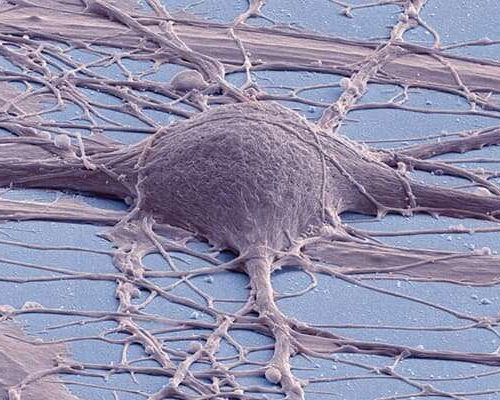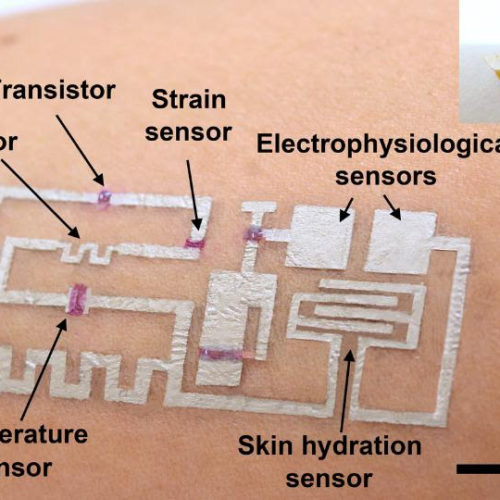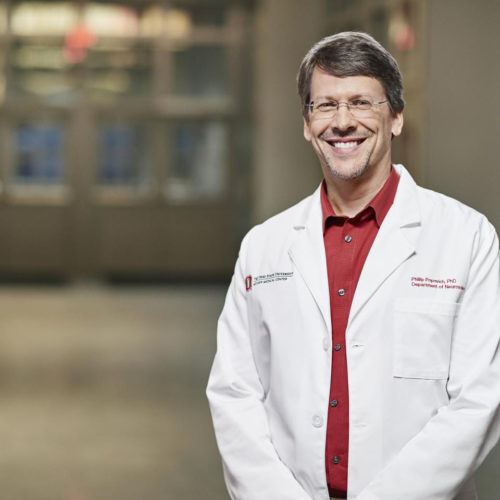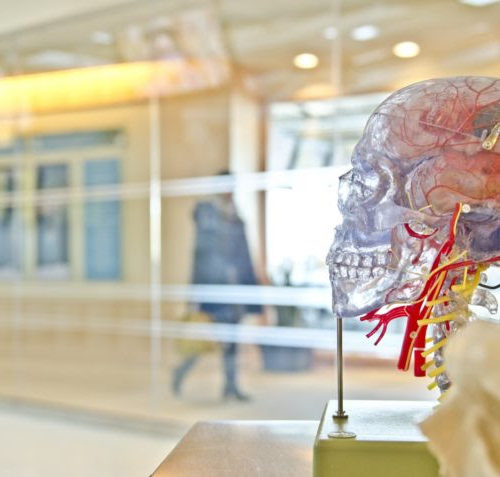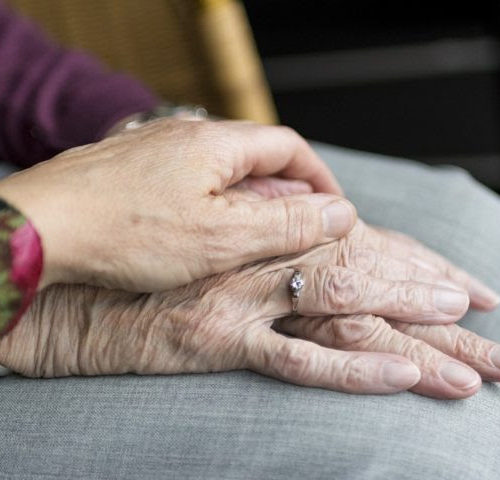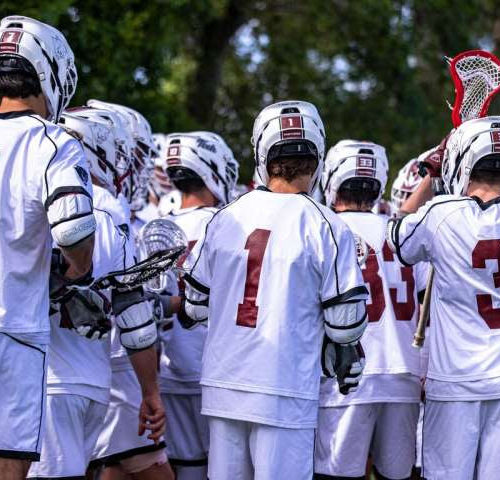by University of California – San Diego Colorized scanning electron micrograph of a cultured human neuron. Credit: Thomas Deerinck, UC San Diego National Center for Microscopy and Imaging Using stem cells to restore lost functions due to spinal cord injury (SCI) has long been an ambition of scientists and doctors. Nearly 18,000 people in the...
Tag: <span>injury</span>
Exercise and PRP promising for shoulder pain in wheelchair users with spinal cord injury
A team of specialists in regenerative rehabilitation reported positive results from pilot study of the combination of a single injection of platelet-rich plasma (PRP) and a home-based exercise program, for wheelchair users with recalcitrant shoulder pain KESSLER FOUNDATION THE STUDY WAS CONDUCTED AT THE DERFNER-LIEBERMAN LABORATORY FOR REGENERATIVE REHABILITATION RESEARCH IN THE CENTER FOR SPINAL...
Should you really be behind the wheel after concussion?
AMERICAN ACADEMY OF NEUROLOGY MINNEAPOLIS – Even after all of their symptoms are gone, people who have had a concussion take longer to regain complex reaction times, the kind you need in most real-life driving situations on the road, according to a preliminary study released today that will be presented at the American Academy of...
‘Drawn-on-skin’ electronics offer breakthrough in wearable monitors
New electronics platform provides better data for personalized care A NEW FORM OF ELECTRONICS KNOWN AS “DRAWN-ON-SKIN ELECTRONICS ” ALLOWS MULTIFUNCTIONAL SENSORS AND CIRCUITS TO BE DRAWN ON THE SKIN WITH AN INK PEN. view more CREDIT: UNIVERSITY OF HOUSTON A team of researchers led by Cunjiang Yu, Bill D. Cook Associate Professor of Mechanical...
Mouse study shows spinal cord injury causes bone marrow failure syndrome
OHIO STATE UNIVERSITY WEXNER MEDICAL CENTER LEAD AUTHOR PHILLIP POPOVIC IS, CHAIR OF THE OHIO STATE DEPARTMENT OF NEUROSCIENCE AND EXECUTIVE DIRECTOR OF OHIO STATE’S BELFORD CENTER FOR SPINAL CORD INJURY AND CENTER FOR BRAIN… view more CREDIT: THE OHIO STATE UNIVERSITY WEXNER MEDICAL CENTER COLUMBUS, Ohio – Research conducted at The Ohio State University...
Scientists work to freeze-dry synthetic platelets
A Case Western Reserve University scientist, who has for more than a decade pioneered research into synthetic platelet substitutes, has been awarded a $3.8 million grant by the U.S. Department of Defense (DOD) to develop freeze-dried artificial platelets that can treat bleeding in wounded soldiers in the battlefield before they can be taken to a...
How a memory game could help us understand brain injury
After a traumatic brain injury, why do some people regain skills quickly while others face long-lasting setbacks? Boston University neuroscientist Jerry Chen of BU’s Center for Systems Neuroscience and colleagues have been trying to answer this question by understanding which parts of the brain process sensory information and which remember different skills. The latest research...
Targeting Cellular Senescence as an Intervention in Aging
Senolytic drugs that destroy senescent cells, and later on, other senotherapies that either prevent senescence or block the senescence-associated secretory phenotype (SASP), are going to be very important in the treatment of aging. Senescent cells accumulate with age and are highly damaging to tissues. Via the SASP, even comparatively small numbers of lingering senescent cells...
Research finds balance tests key in better gauging concussions
by Florida Institute of Technology As professional football approaches the July start of training camps and prep and college football programs look toward their fall seasons, new research from Florida Tech into concussions among student-athletes may have found a better way to understand the severity of these head injuries: balance tests. In “Change in Balance...
Nuclear softening allows cells to move into dense tissue, encouraging injury repair
by Perelman School of Medicine at the University of Pennsylvania By softening a cell’s nucleus so that it can squeeze its way through dense connective tissues, a group of researchers believe they’ve demonstrated a new way to help the body efficiently repair injuries. The team of researchers from the University of Pennsylvania tested this theory...

